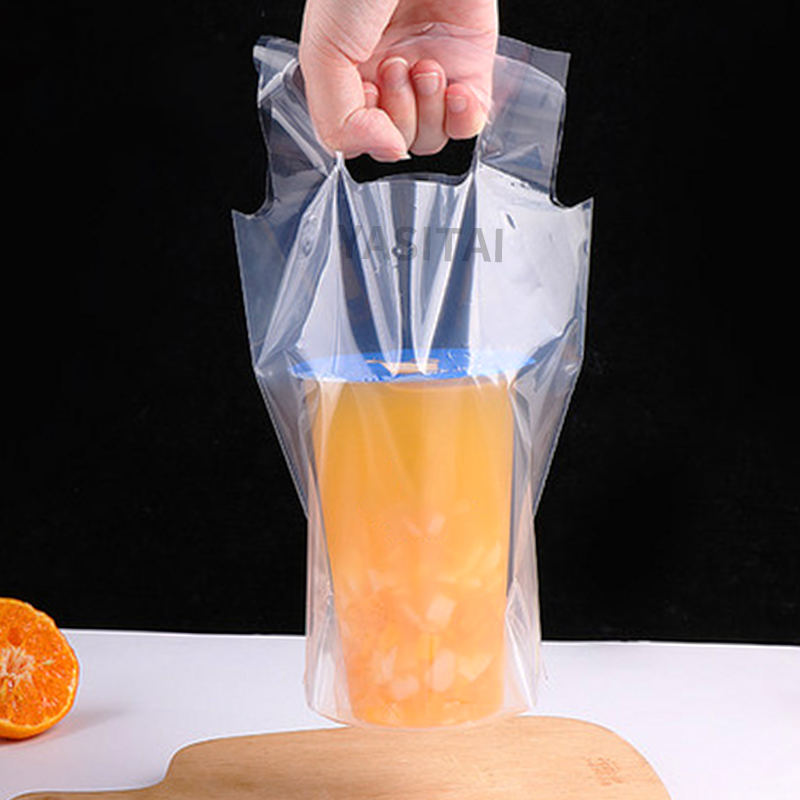The printing process of plastic bags typically involves the following steps:
- Design: The first step is to create a design that will be printed on the plastic bag. This design can be created using graphic design software or by hand.
- Pre-press: Once the design is finalized, it is prepared for printing through a process called pre-press. This involves creating a digital file of the design and preparing it for printing.
- Printing: The printing process typically uses a technique called flexography, which involves applying ink to a printing plate and then transferring the ink to the plastic bag. The bags are typically fed through a printing press, where multiple colors can be applied at once.
- Drying: After the bags are printed, they are typically dried to ensure that the ink sets properly. This can be done through a combination of air drying and heat.
- Cutting and finishing: Once the bags are dry, they are typically cut and finished to the desired size and shape. This can involve cutting the bags to the appropriate size and adding any additional features, such as handles or zippers.
- Packaging and shipping: The final step is to package the bags and prepare them for shipping to the customer.
It’s worth noting that the printing process may vary depending on the specific type of plastic bag and printing technique used. Additionally, it’s important to consider the environmental impact of plastic bag production and printing, and to explore more sustainable alternatives whenever possible.



